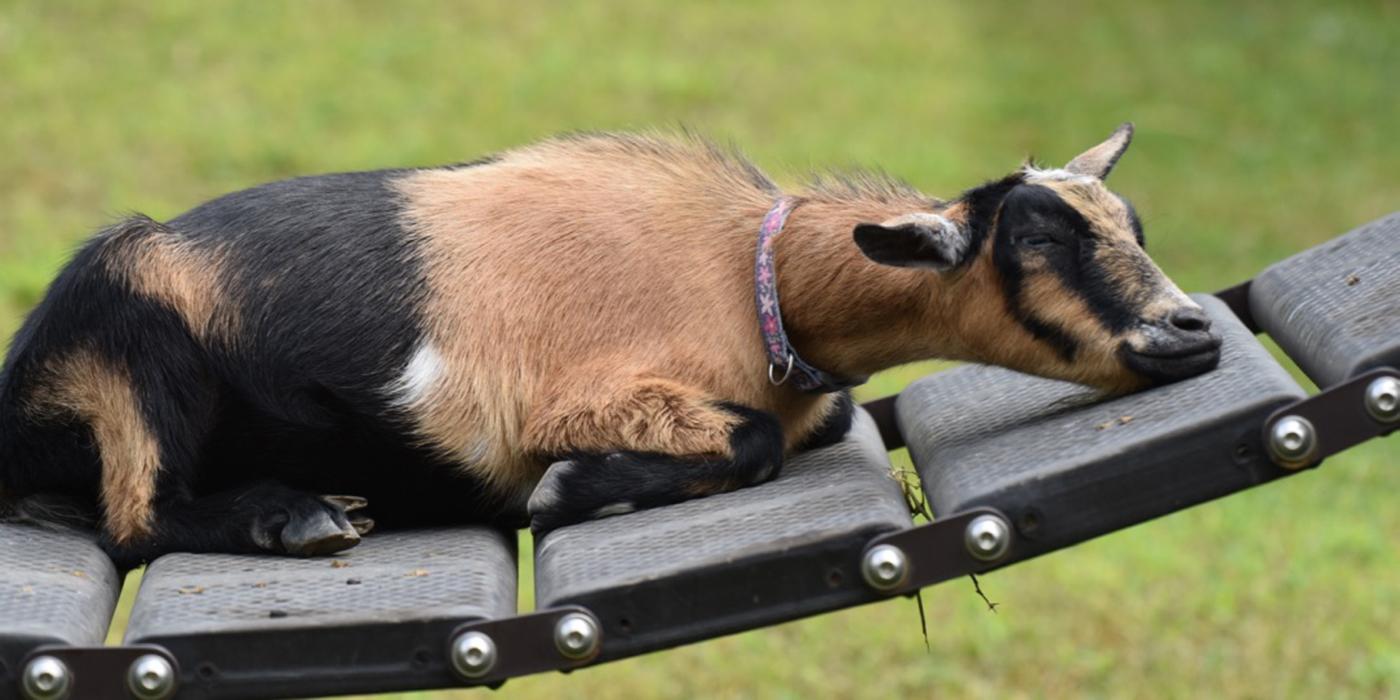5 Surprising Kids’ Farm Animal Facts

Think ewe know all there is to know about goats, pigs, donkeys and moooo-re? These Kids’ Farm animal facts may have you stumped!

Think ewe know all there is to know about goats, pigs, donkeys and moooo-re? These Kids’ Farm animal facts may have you stumped!